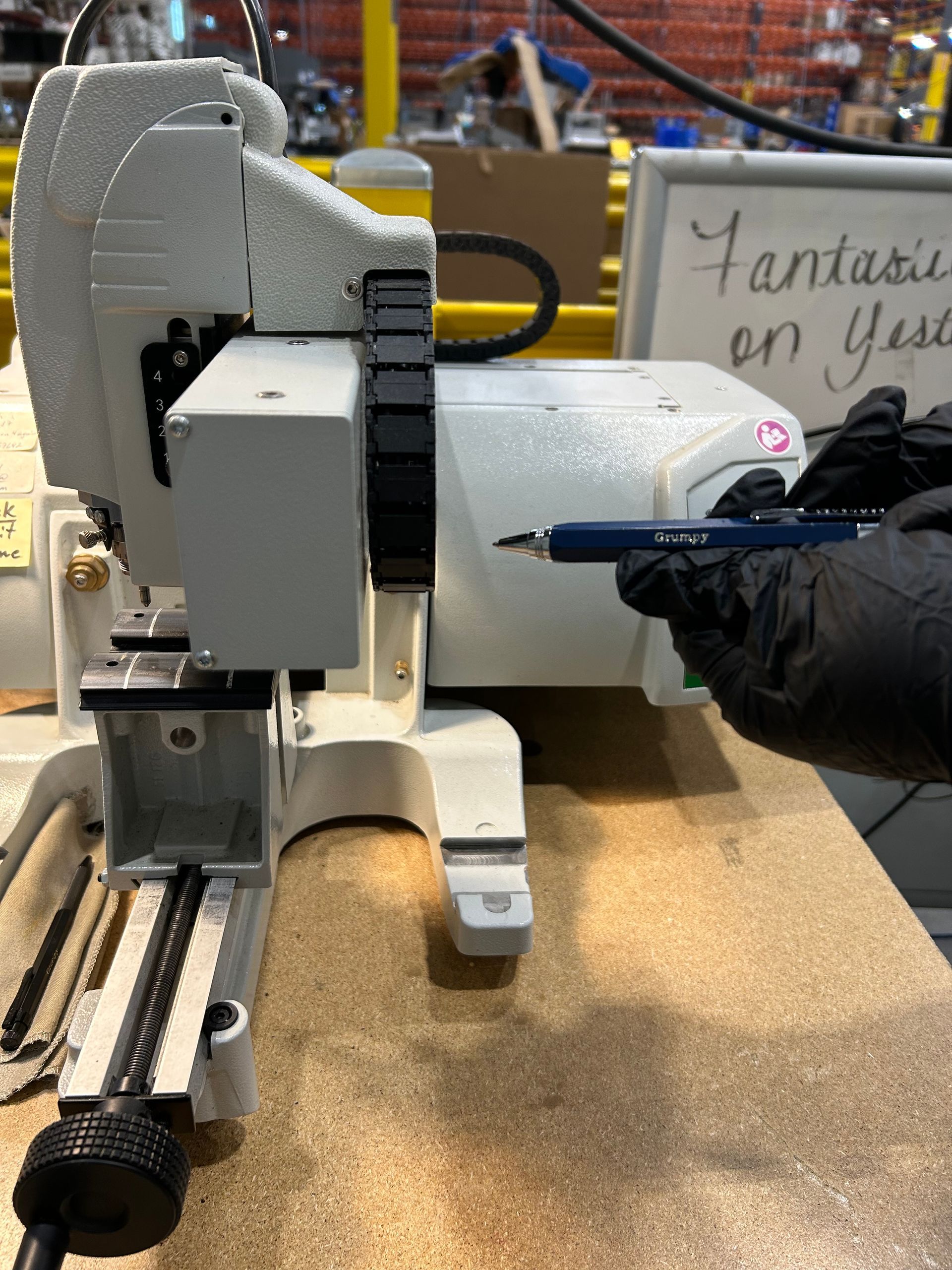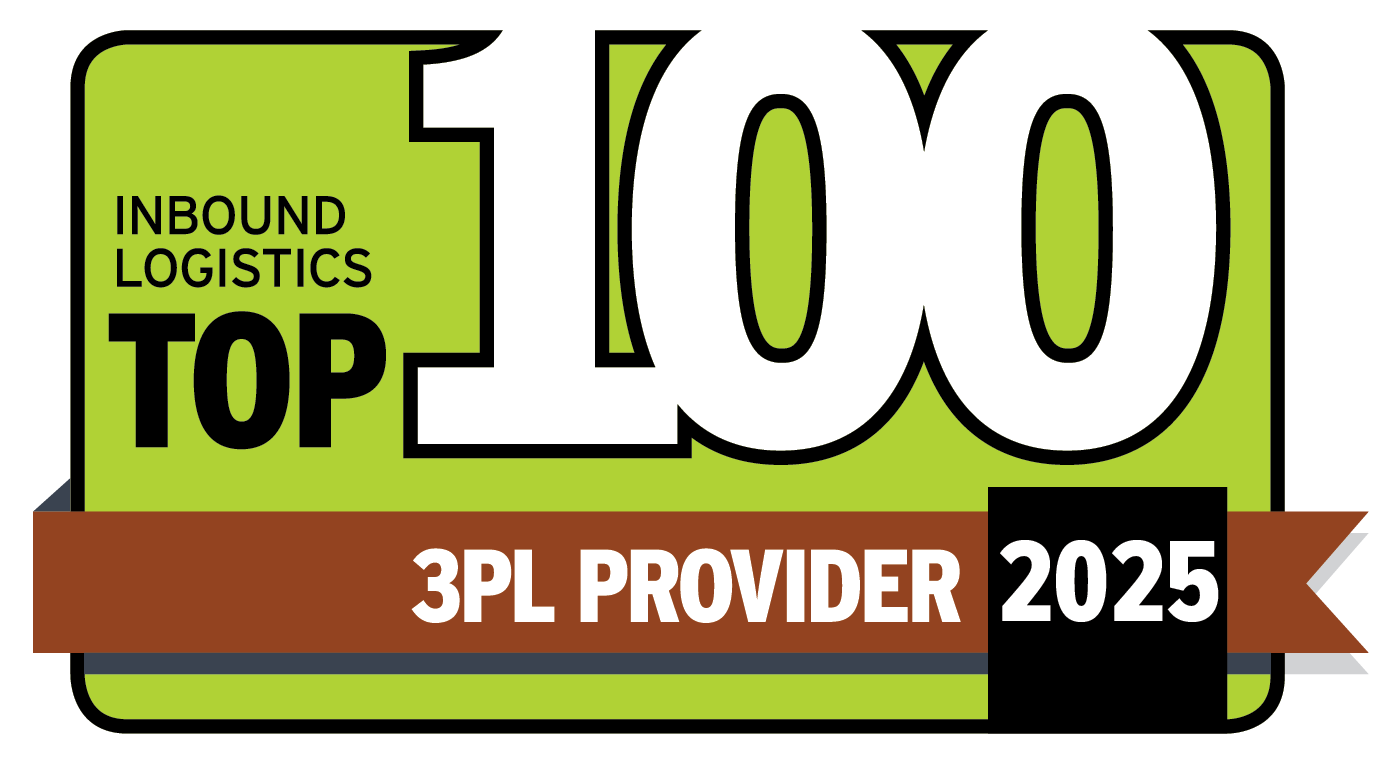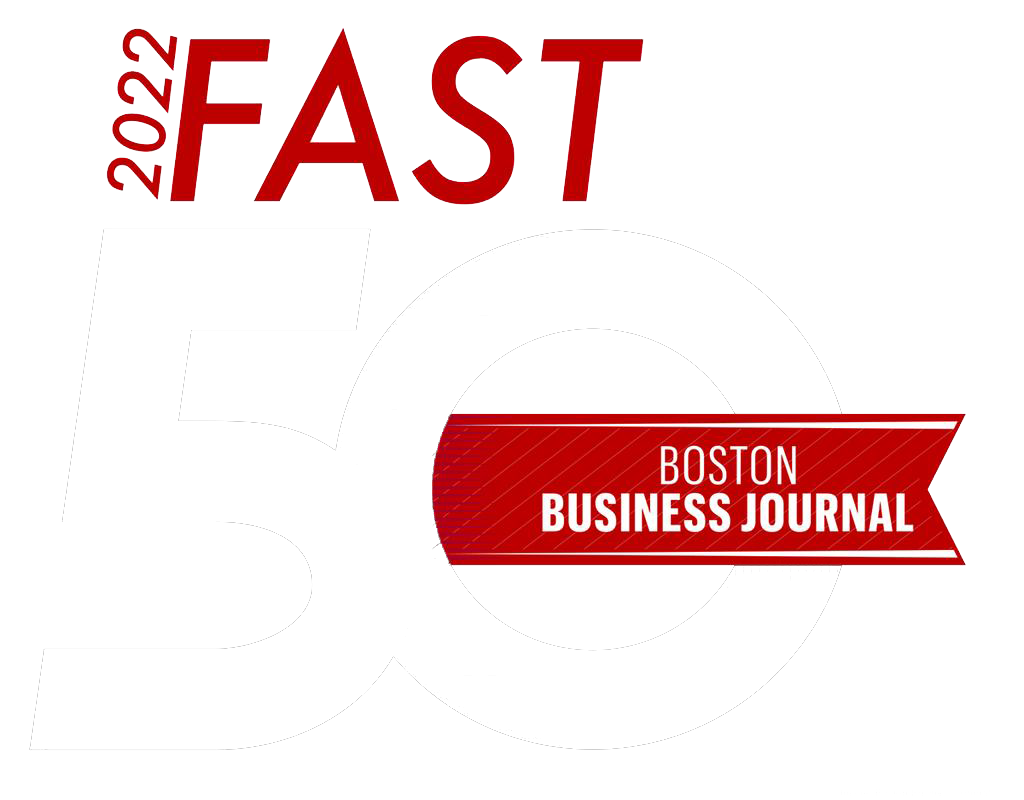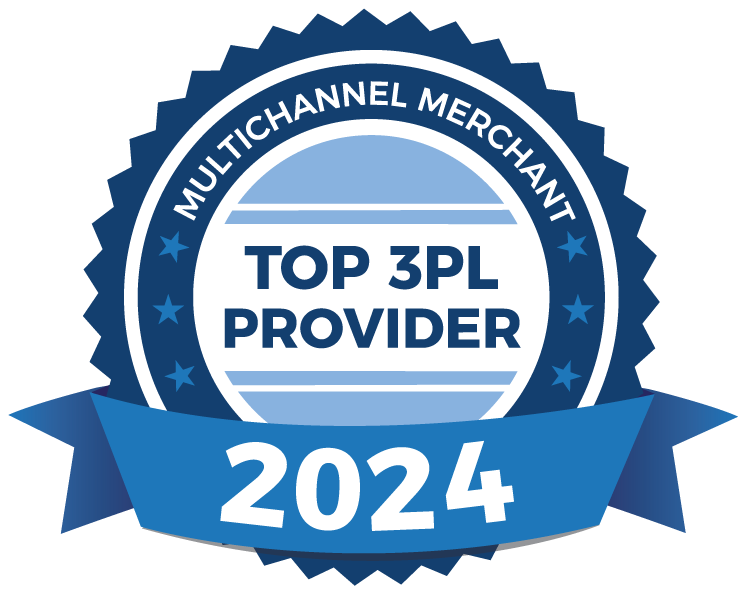E-commerce Excellence: Leveraging LEAN Strategies for Warehouse Optimization
E-commerce Excellence:
Leveraging LEAN Strategies for Warehouse Optimization

With the warehousing and distribution logistics market valued at a staggering $332 billion, the potential for waste and inefficiency is significant. In e-commerce and retail operations, applying LEAN principles is a game-changer, promising enhanced productivity, reduced lead times, improved inventory accuracy, and better responsiveness to customer demands.
At ÃÛÌÒ´«Ã½ Distribution, we harness the power of LEAN Warehouse Management to tailor our approach to the unique demands of e-commerce warehousing, optimizing workflows, minimizing waste, and enhancing resource utilization.
LEAN Warehouse Management involves a range of strategies and techniques designed to streamline processes and foster continuous improvement:
- Standardized Work Processes: We establish standardized procedures for warehouse tasks, ensuring consistency and efficiency.
- Eliminating Waste: Our focus is identifying and eradicating waste in all its forms, from excess inventory to inefficient processes.
- Visual Management: We utilize visual cues and indicators to enhance the visibility of operations, facilitating smoother workflows and decision-making.
- Continuous Improvement: A culture of continuous improvement permeates our operations, with teams actively enhancing processes for better efficiency and effectiveness.
The '5S' LEAN Warehousing Principle
Originating from Japanese methodologies, the '5S' principles—Sort, Set in Order, Shine, Standardize, and Sustain—guide our approach to enhancing warehouse efficiency:
- Sort: We optimize space by removing unneeded items, increasing usability and efficiency.
- Streamline: Our workspaces and tools are organized to minimize movement and improve accessibility.
- Shine: We maintain cleanliness and orderliness to ensure a safe and productive environment.
- Standardize: Best practices are documented to ensure process consistency and reduce variability.
- Sustain: Mechanisms are established for ongoing maintenance and improvement, sustaining the gains from the 5S principles.
LEAN methodologies and how they transform the way businesses operate:
- Value Stream Mapping (VSM): VSM is a powerful tool for visualizing and analyzing the flow of materials and information, helping us identify improvement areas and streamline processes.
- The Kanban System: The Kanban system enables a pull-based approach to inventory replenishment, minimizing overstocking, reducing lead times, and enhancing inventory accuracy.
Benefits of LEAN Warehousing in E-commerce:
- Improved Product Quality: Streamlined processes and reduced waste translate to higher quality and customer satisfaction.
- Waste Reduction: Optimized workflows and minimized inefficiencies lead to more sustainable operations.
- Reduced Inventory Costs: Optimizing inventory levels and space utilization leads to cost savings.
LEAN's Impact on Customer Satisfaction and Order Fulfillment
LEAN warehousing enhances customer satisfaction by streamlining order processing, improving accuracy, and ensuring prompt, accurate fulfillment. It also supports efficient returns processing and clear communication, enhancing the shopping experience and fostering customer loyalty. LEAN principles improve efficiency, reduce errors, and provide faster, more reliable service.
In conclusion, LEAN warehouse management is a strategic imperative for e-commerce success, enabling ÃÛÌÒ´«Ã½ to enhance productivity, deliver exceptional customer experiences, and remain competitive in the dynamic e-commerce landscape.
Contact us now to learn how ÃÛÌÒ´«Ã½ can scale your e-commerce business today.
Recent Blog Posts







